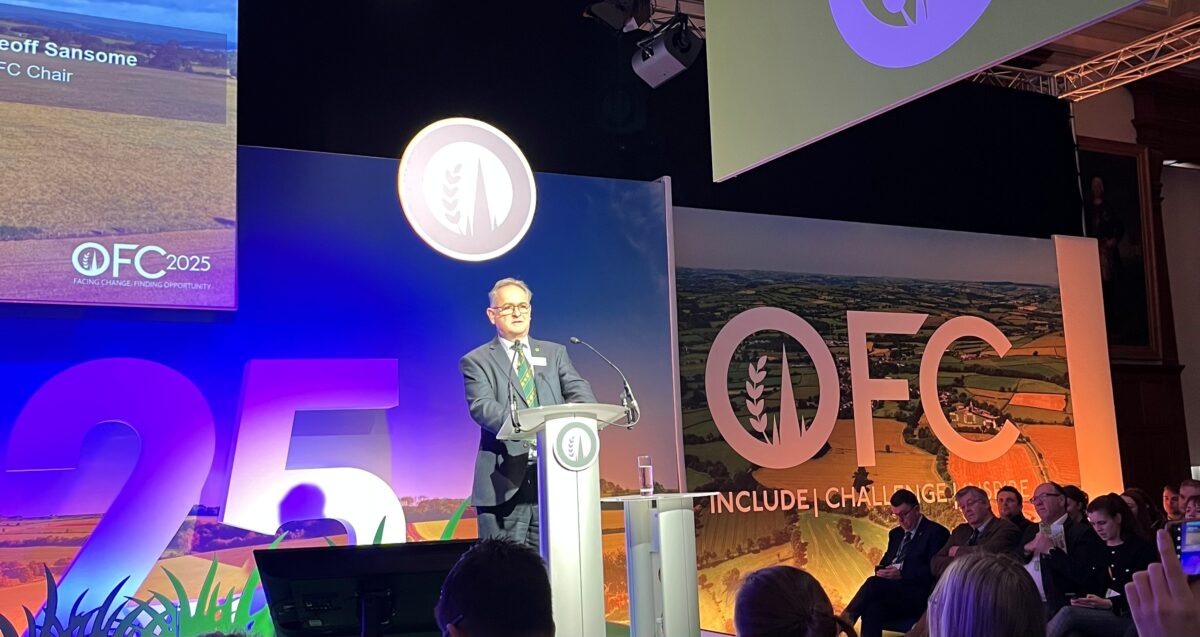In this guest blog for Pinstone, I will explore the power of video communication as a tool. I’ll share insightful statistics1 that demonstrate its potential.
One of the greatest strengths of video is its versatility. It can be adapted to suit various platforms and contexts. This ensures messages reach a wide range of audiences at different touchpoints.
Think about how many videos you have already engaged with today.
If you’ve hopped onto any social platform, it’s likely you’ll already be in double figures. If you called into a shop, there was likely at least one digital point of sale, coffee machine or dormant self-service till looping promotional content. And that’s before you’ve logged onto your laptop to pull up a YouTube ‘how-to’ video, news update or see a Google Ad catching your attention with personalised content.
In my role as director of Cande Group, a production company that works with clients across the UK, I spend every single day developing and producing video content. Our aim is to cut through and land with a certain audience.
Our team uses many tools to do this. We create traditional scripted videos, motion graphics or animation, live streaming, 360 videos and immersive experiences.
Because of the way content is absorbed across web and social, we can use analytics to understand how people like to watch content. This helps us know what compels them to take action afterwards.
So why are companies investing so much time and resource into video?

1. Customers retain 95% of the information contained in videos
Tell them in video and they remember it. Simple! It’s not surprising that visual storytelling is powerful. But 95% is a significant amount of information to leave with a viewer. They can call upon it when making their next purchase or behavioural decision.
2. 80% of people prefer videos over written text
This tells us that if you have something to say about your service or product, people are more likely to engage with video content than a text, especially for web and social.
3. Having a video on your website landing page increases conversions by at least 80%
By making a video the first thing people see when they visit your website, you get to influence that key first impression. This makes your product or service more instantly “gettable” which will increase interest.
4. YouTube is still the home of video in 2023
With more than 2.5 billion active users, YouTube is clearly still the place to go for video.
Almost 5 billion hours of videos are watched by YouTubers every day. Other social platforms like TikTok may be hot on YouTube’s heels in terms of hours of content watched, but it’s still the Google of video.
As technology advances and video consumption continues to rise, the power of video as a communication tool becomes increasingly evident. Its ability to engage, captivate and persuade makes it an indispensable asset for organisations and brands. They can use it to amplify their impact and achieve their campaign objectives in this visually driven world.
142 video marketing statistics for 2023

Ben has worked in television, video and live production for over 20 years. He is a member of the University of Wolverhampton’s Screen School Advisory Board. With Cande Group, he supports clients including NHS, Three UK and Russell Group Universities. Ben also works with many companies in the agricultural supply chain, having specialised in the sector for the last eight years.






















